Let's start out by looking at your \$Q_5\$ current sink.
You are using a voltage divider using \$R_5\$ and \$R_6\$ to set the base voltage. \$Q_5\$ is being treated as an emitter follower, using \$R_{e_2}\$ to set the collector's sinking current. I just wrote a page on this, here. There, you'll find the following equation:
$$I_{C}=\left[\frac{\beta}{\beta+1}\right]\cdot\left[\frac{V_{TH}-V_{BE}}{R_E}\right]\cdot\left[1-\frac{1}{1+\frac{\left(\beta+1\right)R_E}{R_{TH}}}\right]$$
In your case, \$R_{TH}\approx 44.329\:\textrm{k}\Omega\$ and \$V_{TH}\approx 1.705\:\textrm{V}\$. I can guess from this that you assumed \$V_{BE}=700\:\textrm{mV}\$ so you were expecting about \$1\:\textrm{V}\$ across your resistor, \$R_{e_2}\$, making for a current of \$\approx 2.13\:\textrm{mA}\$. However, the \$3^{rd}\$ factor above says about 65% of that would be more realistic; or about \$1.4\:\textrm{mA}\$. This is because your resistor divider network is not stiff. It's floppy.
So how might you improve it? Well, you could stiffen up the divider. That's the obvious path. Another might be to convert this to a current mirror. Either way, you should provide a means by which you can set the value to a preferred value (or, at the very least, sit down and actually measure what you got.) But being able to make adjustments to get a preferred design value would really be better.
Better still would be to work out a method that is independent of the voltage rail for at least one order of magnitude change. (It can be done with discrete parts!!) But it involves the use of three transistors in an odd arrangement (Wyatt) and only really works at a design current that is perhaps too low for your desire. But it is stable over temperature by taking advantage of the temperature coefficient of metal film resistors and of copper wire itself. (On the order of 3300 ppm per K.) But I think this would be for a different day.
I'd recommend working out a current sink that doesn't move much if you heat it up or cool it down a bit and also stays close to a nominal value if you swap out transistors. Want to start there? Or do you feel that you do not need any help on this point and want to take a different step?
